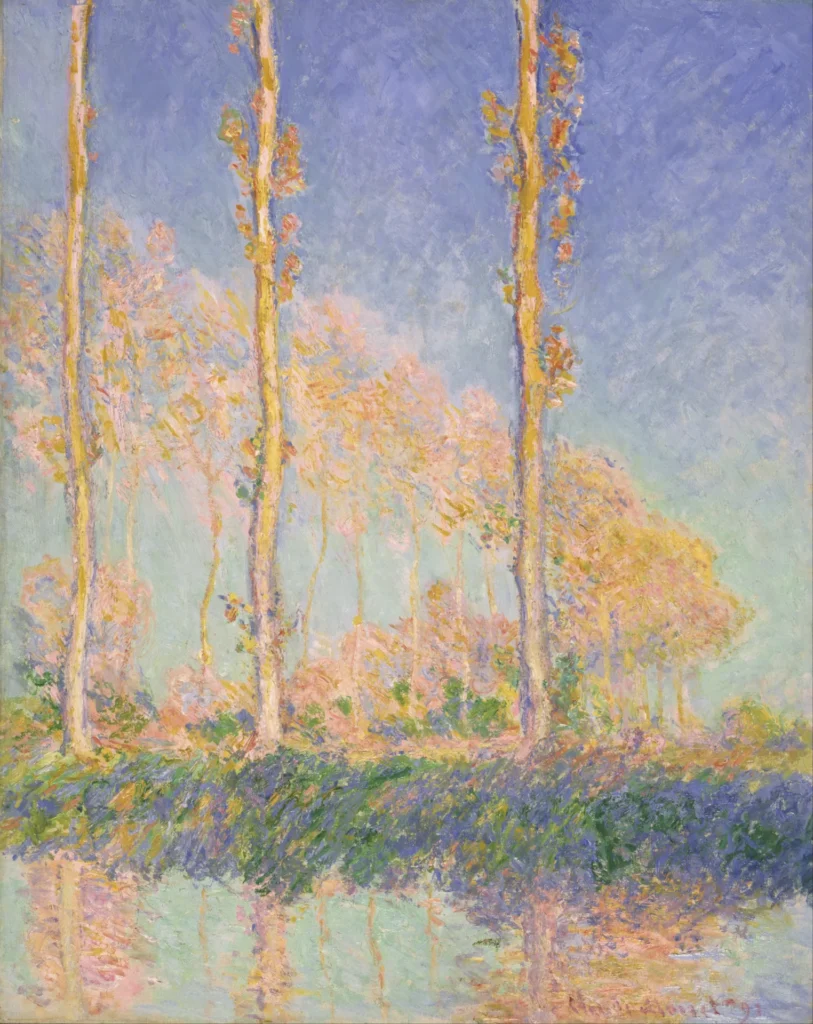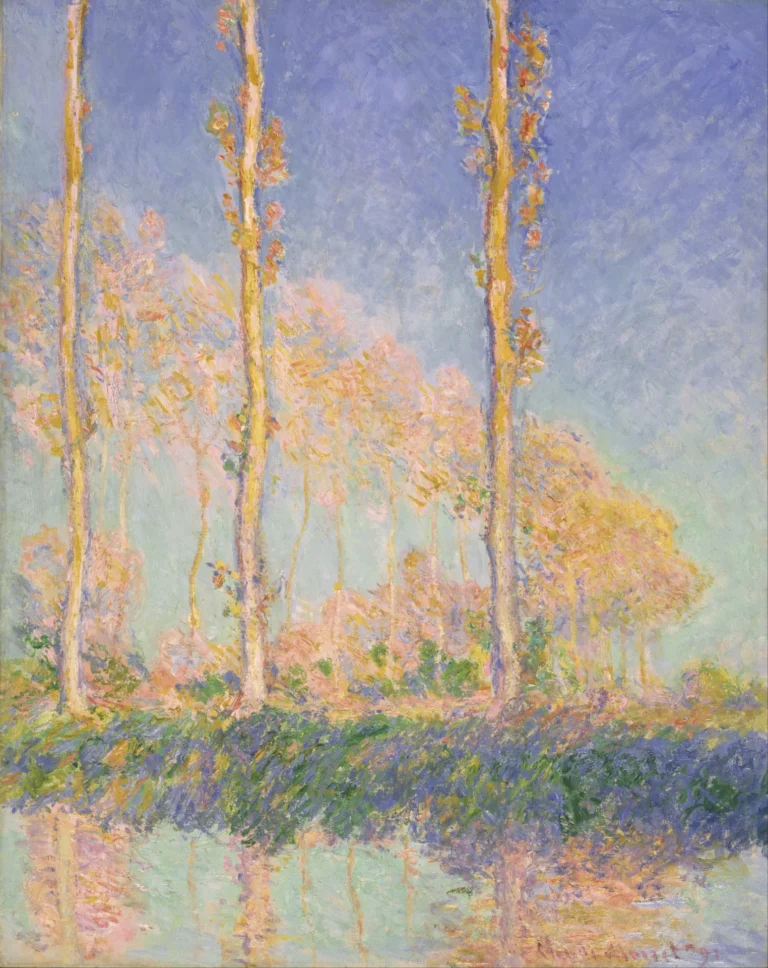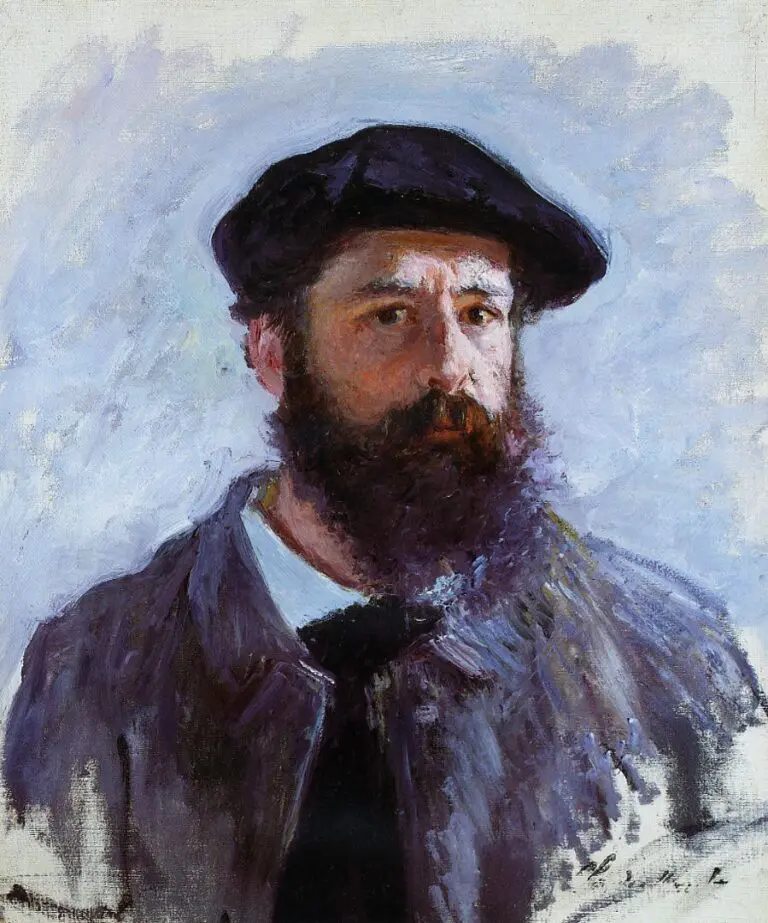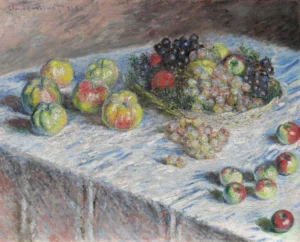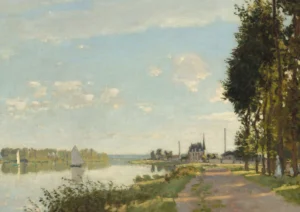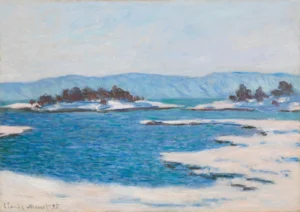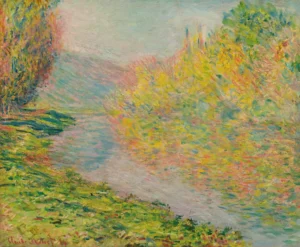Poplars (1891)
Monet's Poplars series captures the essence of Impressionism through a collection of 24 paintings, created in the summer and fall of 1891. Set along the banks of the Epte River in Giverny, France, the works feature towering poplar trees that Monet painted en plein-air. This series not only demonstrates his mastery of light, color, and texture but also reflects his commitment to preserving the natural beauty around him, making it a vital piece in the narrative of art history.
Summer and Fall of 1891
About the Artwork
Did You Know
Liked what you see? Add it to your collection.
Enjoyed reading? Share it.
... continued
Location and Subject
The paintings depict a group of poplar trees that lined the Epte River near Monet's home in Giverny, France. These trees were situated in a marsh along the riverbanks, following an S-curve, and Monet accessed them by a small boat to reach his floating studio.
Composition and Groups
The series consists of 24 paintings, divided into three groups, each with its own compositional format. One group features towering poplars that extend beyond the top edge of the canvas, another includes seven trees, and the third group depicts three or four poplars along the riverbank.
Preservation of the Trees
When Monet learned that the trees were to be auctioned off for lumber, he and a local wood merchant jointly purchased them to ensure they remained standing until he completed his paintings. After finishing the series, Monet sold the trees back to the merchant.
Painting Technique and Focus
Monet painted these works 'en plein-air' using the characteristic Impressionistic technique. The series is not just about the poplars but about capturing the effects of light and color under varying conditions. Monet used thick paint, dark accents, and a range of brushstrokes to convey the changing light and weather conditions. He avoided using white or black, instead opting for a palette of pastels and warmer or cooler tones to denote temperature and mood.
Exhibition History
In 2015, five paintings from the series were exhibited together for the first time in a single room at the National Gallery in London, as part of an exhibition on Paul Durand-Ruel. The exhibition later traveled to the Philadelphia Museum of Art.
Significance
The Poplars series is significant for its demonstration of Monet's ongoing interest in capturing the same subject under different light and weather conditions. This approach allowed him to explore the dynamic relationships between light, color, and the natural world, contributing to the evolution of Impressionism and influencing future painting styles such as Pointillism.




